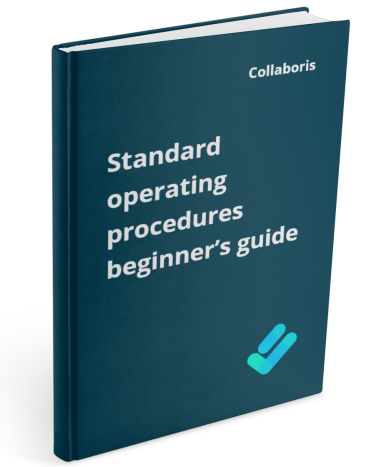Policy Approval Workflow Automated policy approval workflows offer several benefits that can significantly enhance ...
The urgency of establishing an AI usage policy

In the ever-evolving landscape of business operations, technology plays an integral role in shaping how organizations interact with their customers, clients, and stakeholders. One of the most prominent technological advancements in recent times is the integration of AI chat tools into various aspects of business communication. These tools, powered by Artificial Intelligence (AI), offer significant advantages, but they also come with potential risks. As a compliance manager, it's crucial to recognize the importance of establishing a comprehensive AI Chat Tool Usage Policy within your organization. This blog post will delve into the reasons why such a policy is imperative for your organization's success and ethical responsibility.
1. Ensuring Ethical and Legal Compliance
The adoption of AI chat tools introduces a new dimension of ethical and legal considerations. From data privacy and security concerns to the potential for biased or inappropriate responses, the organization must navigate a complex landscape. By creating a clear usage policy, you establish guidelines that ensure the ethical use of AI chat tools, safeguarding your organization against potential legal and reputational pitfalls.
2. Mitigating Data Security Risks
AI chat tools inherently deal with sensitive data and confidential information. Without a well-defined policy, the potential for data breaches or mishandling of information becomes a significant concern. Your policy can outline data encryption protocols, storage guidelines, and user authentication processes to mitigate data security risks and maintain compliance with data protection regulations.
3. Preserving Brand Reputation
Customer interaction through AI chat tools can significantly impact your brand's reputation. Inaccurate information, offensive responses, or unprofessional behavior from the AI tool can tarnish the image you've worked hard to build. A usage policy can lay out quality control measures, content guidelines, and regular monitoring processes to ensure that AI-generated interactions uphold your brand's values and reputation.
4. Addressing Bias and Fairness
AI models, including those used in chat tools, can inadvertently perpetuate biases present in the training data. This can lead to discriminatory or unfair responses, which can have legal and social consequences. A well-crafted policy should include provisions for ongoing bias assessment, retraining, and continuous improvement to make certain that your AI chat tool treats all users fairly and equitably.
5. Enhancing User Experience
Positive user experience is at the heart of any successful customer interaction. An AI Chat Tool Usage Policy can mandate guidelines for natural language processing, response accuracy, and appropriate escalation procedures. This can help ensure that users' needs are met effectively, leading to higher satisfaction rates and improved customer relationships.
6. Managing Accountability
In case of errors, malfunctions, or misuse of AI chat tools, it's essential to have a framework of accountability in place. Your policy can clearly define roles and responsibilities, both for overseeing the tool's performance and for addressing any issues that arise. This clarity prevents confusion and ensures a prompt and effective response to challenges.
Conclusion
AI chat tools have revolutionized the way organizations engage with their audiences, but their implementation requires careful consideration. By creating an AI Chat Tool Usage Policy, you establish a framework that not only safeguards your organization's legal and ethical standing but also fosters trust among stakeholders. Embracing AI technology responsibly through a well-structured policy sets the stage for more meaningful and productive interactions while maintaining your commitment to compliance and integrity.
Get your free Standard Operating Procedures guide
Creating Standard Operating Procedures for your organisation doesn't have to be complicated. This guide will introduce you to the whole lifecycle from creation to training and distribution.
You may also like:
January 17, 2025
January 7, 2025
Creating policy review reminders in Office 365 You might want to set up a ...
December 19, 2024
Podcast: Implementing effective healthcare procedures Implementing effective healthcare procedures is an ongoing process. It ...
December 19, 2024
Podcast: 10 Powerful Strategies for Employee ComplianceOrganizations face challenges in ensuring employee compliance with ...
December 8, 2024
AI Warns About Itself: How I Asked AI to Create a Podcast on the ...
November 4, 2024
Benefits of writing SOP's In any organization, standard operating procedures (SOPs) are critical to ...

